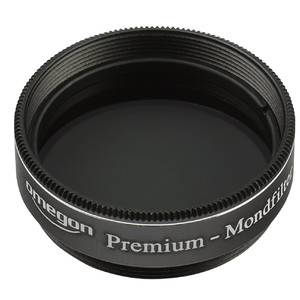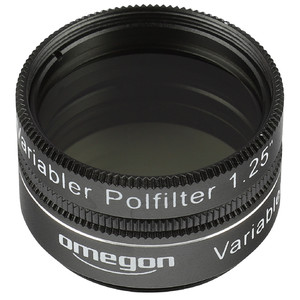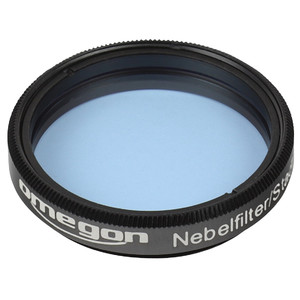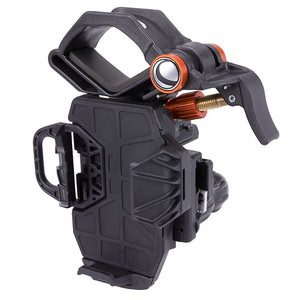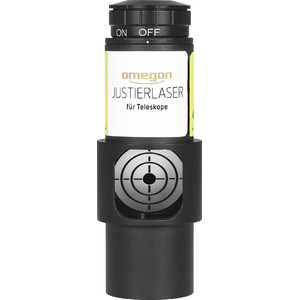Tyvärr har den här beskrivningen ännu inte översatts till svenska, så du hittar en engelsk artikelbeskrivning här.
The StarSense Explorer telescope uses your smartphone to analyze the night sky and calculate its position in real time. StarSense Explorer is ideal for beginners thanks to the app’s user-friendly interface and detailed tutorials. It’s like having your own personal tour guide of the night sky.
Leave complicated star charts, imprecise planetarium apps, and computerized mounts behind. With StarSense Explorer, locating objects has never been easier, faster, or more accurate. Within minutes of setting up the telescope, you’ll be navigating the sky with confidence. Simply place your phone in the unique StarSense dock and launch the StarSense Explorer app. After aligning your phone to the telescope’s optics (a quick, 2-minute procedure), StarSense Explorer generates a list of celestial objects currently visible. Make your selection and arrows appear onscreen, guiding you as you to move the telescope. When the object is ready to view, the bullseye turns green.
StarSense Explorer uses patent-pending technology and your smartphone to determine exactly where the telescope is pointed in the night sky. A Lost in Space Algorithm (LISA), like the ones satellites use in orbit to correctly reorient themselves, helps the app match star patterns it detects overhead to its internal database.
Even if you live in a light polluted city location, StarSense Explorer is advanced enough to be able to pick out Jupiter, Saturn, Venus, the Orion Nebula, double stars, and a few more of the most famous celestial objects.
The minimum SmartPhone requirements and a list of already tested models is available here: https://starsenseexplorer.simcur.com/
The N 127/1000 instrument is a reflecting telescope following the classical design by Isaac Newton (1643-1727). The mirror collects more than 300 times as much light as the naked human eye alone and focuses it at a point located at the front end of the OTA. A small secondary mirror then deflects the light out of the side out of the OTA, where an eyepiece is used to comfortably view astronomical objects.
The Newtonian telescope design shows its strengths when observing objects such as the Moon or planets - unlike a lens telescope of comparable price range, these astronomical objects appear without any chromatic aberration and hence without any irritating colour fringing at their edges.
Wander across the surface of the Moon, explore Jupiter with its banded atmosphere and its large Moons or marvel at the magnificent sight of Saturn's ring system. The telescope's 1000 millimetres focal length allows useful magnifications for such observing.
And its 127 millimetres aperture means that the brighter objects outside our solar system are also accessible - the Andromeda Galaxy, the Orion Nebula and the large globular cluster in Hercules for example
The azimuthal mount facilitates intuitive telescope movement and alignment with the desired celestial object.
It not only matters which telescope you buy but also where you buy it. Our additional services:
- We are a leading telescope dealer and know the devices we sell. Our customer service team will gladly help you after your purchase if you have problems with assembly or operation.
- We provide a copy of the 80-page "Telescope ABC" beginners handbook with every telescope.

